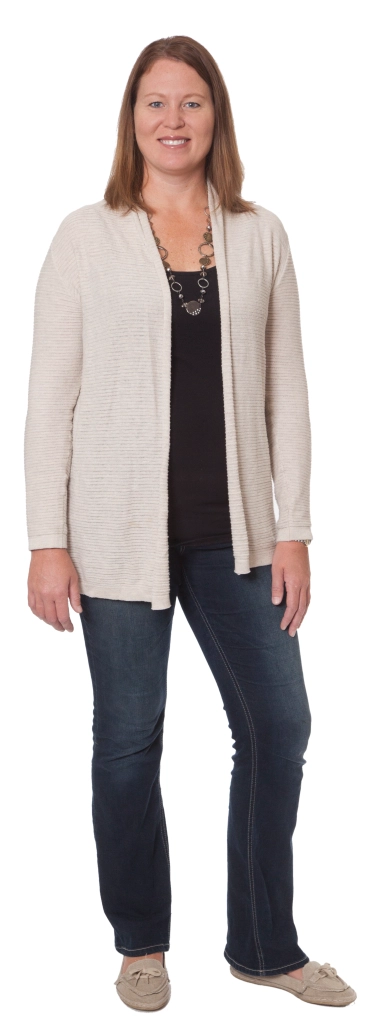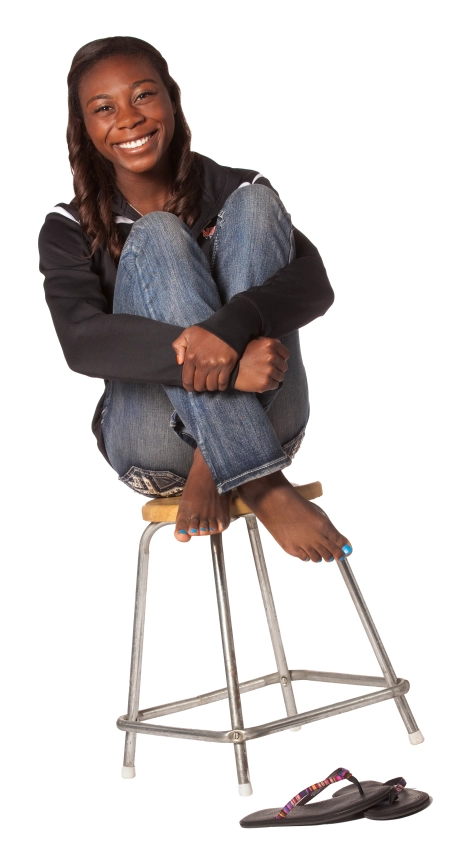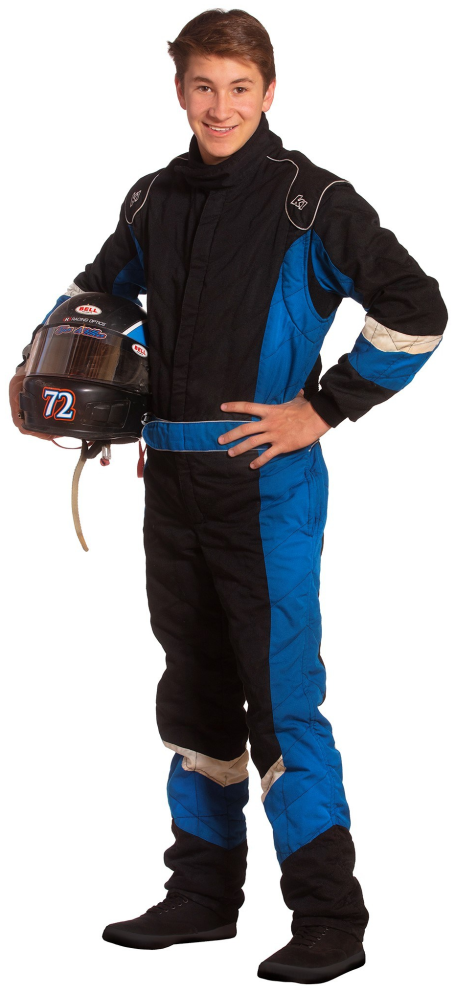So straight-up, what’s ortho really like? Not all of us have had orthodontics treatment with a family member or close friend before, and there are a lot of questions that we hear a lot about what the process will really be like. THERE ARE NO DUMB QUESTIONS IN ORTHO!! Please, if you are wondering something, just ask one of our helpful and experienced team members – we’ve heard it before and we are happy to help!
Banding Day
Orthodontic treatment typically starts with your financial contract, followed by photos, an x-ray or CT scan, and then a digital scan of the teeth. If starting with an appliance, the scan will be sent to our in-house lab or an external partner lab to make the appliance.

If starting with braces right away, the banding appointment is about an hour long. Brackets are bonded to teeth with a type of glue that your dental assistant brushes onto your teeth with a little brush like is used for nail polish. Don’t worry, this is not at all painful and requires no drilling, shots or pokey implements! The doctor will check to make sure the brackets are in the perfect places to move your teeth where he wants them to go, and then the dental assistant will attach the wires to your brackets with tiny rubber bands in your choice of colors.
The whole banding process is very comfortable- the only thing that might feel strange is the stretching feeling from the cheek retractors that pull your cheeks back so that we can work in your mouth. Once your wires are in, you will feel a “weirdness” as your cheeks and lips (or tongue, in the case of lingual braces) get used to the feeling of all this “stuff” in your mouth.
The dental assistant will go over how to take care of your teeth and braces, and answer any questions that you have.
The Day After…
Orthodontic discomfort typically starts the evening of banding, and this is the feeling of your teeth starting to move. Don’t worry, this sensation will start to ease soon, and you can follow the instructions on this page to get some relief! Orthodontic movement is usually so gradual that you hardly feel anything, but when it is more rapid due to an adjustment in our office or a natural burst of movement, the mouth can feel tender or achy, especially when chewing. Cutting food into very small bites and choosing soft foods such as pasta, soups or smoothies can be really helpful on these days.
Next Adjustment Day

At your adjustments, your dental assistant will start by removing the little rubber bands that hold your wire to each bracket, in order to make changes to your wires. It can be a great feeling to brush and floss your teeth at the brushing station quickly while your wires are out! Fun fact: it’s actually the wires that are the true workhorses in ortho; the brackets are just what hold the wires onto your teeth. The wires are made from special heat-sensitive memory wire, and come in different shapes and thicknesses, depending on what we need your teeth to do. You might notice that your braces feel a little tighter when drinking hot versus cold beverages: heat makes your wires tighten up, and cold makes the wires more flexible. Your memory wires are the reason we don’t need to see you for weeks between appointments: they keep moving your teeth towards the position the doctor has directed them by choosing, placing and shaping the wire at your last appointment.
Just like at your initial appointment, your adjustment appointment will not be painful, but by that evening, you will feel the discomfort of your teeth moving again. It may help if you are able to take acetaminophen or ibuprofen prior to your appointment. Everyone is different, and some experience more discomfort than others from each adjustment. Once again, the good news is that this is just temporary and will soon pass. In the meantime, baby yourself with soft foods and self-care. Remembering how temperature-sensitive your wires are, an ortho adjustment is an excellent excuse to treat yourself to some ice cream on adjustment night – it’s practically a prescription from your orthodontist!
The Day-to-Day of Ortho

Having braces becomes normal-feeling to your mouth more quickly than you might expect. You’ll be surprised how quickly it becomes normal to you also to cut your food into smaller bites, and always know where your toothbrush and floss can be found. Most patients find that the day-to-day reality of orthodontics is more about these types of hygiene logistics than discomfort. However, from time to time you will undoubtedly have a place or two where the metal in your mouth starts rubbing tissue in your cheek or tongue in an uncomfortable way. Putting wax or Gishy Goo™ over the metal part that is rubbing provides immediate relief and allows the tissue to start to heal. Rinsing your mouth with salt water also helps to promote healing of any sores that form. Check out our Orthodontic Emergencies pages and see if any of the videos apply to your situation. Our team can help with advice and instructions over the phone, and will schedule a short notice appointment as needed.
Elastic bands are the other major tool in our orthodontic arsenal, and one that most patients will experience towards the end of their treatment. These are a type of elastic band that looks a little like uncooked ring pasta. They attach to tiny hooks on your brackets and help us to align the teeth in your upper and lower jaws in relation to each other, to perfect your bite. In many ways, the work we do with elastics is at least as important as the work that we do with braces and wires- but we need great teamwork from you to make this part of your treatment a success! Wearing elastics as often as you’re directed is key to getting your braces off on time. Not wearing your elastics means your results will not be as great as they could be, and you might be waiting longer to get your braces off. On the other hand, if you are a rockstar elastic wearer, you’ll get your braces off before you know it!
Debanding and Retainers

It’s finally the day you’ve been waiting for: your deband! You’ve been plotting a caramel corn party of epic proportions for months now, and have a pretty keen idea what your first braceless social media posts are going to look like… and now it’s finally the big day! Your deband appointment is usually about an hour and a half long. It begins like all of your adjustment appointments, by removing the bands and wires, before moving on to removing your brackets. If you’ve ever popped a bracket off your own teeth by biting into something too crisp or chewy, you’ll know how surprisingly easy it is for the dental assistants to pop them off when they know exactly how to do it. Next they’ll use their dental tools to remove any glue that is left sticking to your teeth, and then you’ll get the chance to take a peek in the mirror to see that smile you’ve worked so hard for!
Most patients will get at least one bonded retainer and a set of clear poly retainers on deband day. It’s extremely important to follow your dental assistant’s instructions on how often to wear the retainers, especially while your teeth are still settling. Your next appointment will usually be in about three months. As long as everything looks good at that appointment, usually we’ll let you know it’s fine to switch to just wearing your retainers at night. Please call us right away if you have any breakage or trouble with your retainers or if they aren’t fitting right, so we can get you in to take a look. Remember, included in your original contract is one year of following your retainers after your deband, so please don’t hesitate to call and come back in during that period! At the end of that year, we’ll have a quick last visit to make sure everything is fine, and then formally dismiss you from the practice. We hear from patients all day every day how happy they are to have gone through with orthodontic treatment, and we know you will be too!




